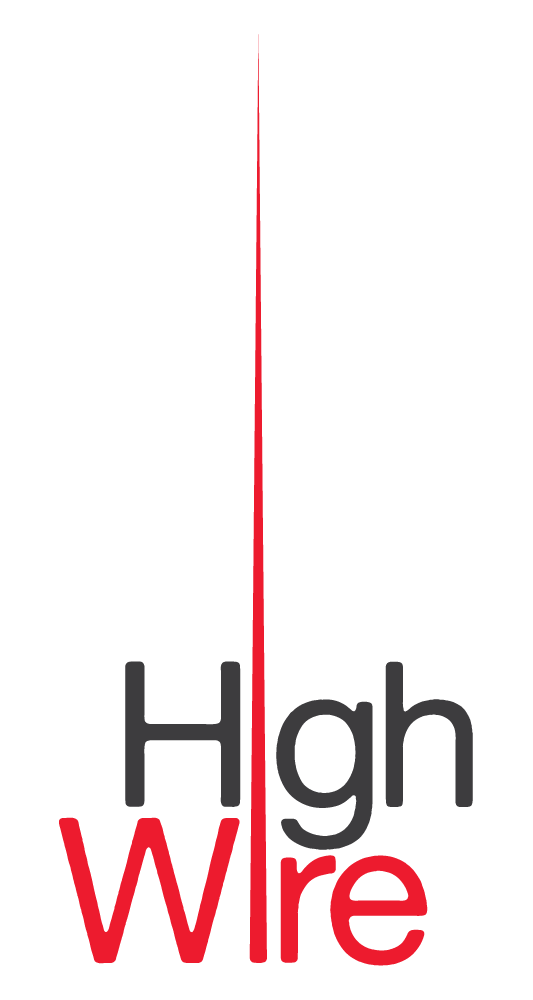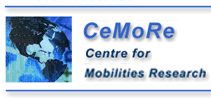

Read More ...
Reality is in a restless flux.
(Simmel, The Philosophy of Money, [1907] 2011:553)
The scale and speed of mobility a century after Simmel’s observation is staggering. On average, people travel around 1.1h a day and, while urban commuters may spend this and many more hours in traffic jams, 1 billion international air traveller arrivals contribute to an estimated 43 billion kilometres travelled worldwide a year today (Elliott and Urry 2011, Schafer and Victor 2000, UNTWO 2013). At the same time, more than $16 trillion of exported freight was transported worldwide in 2008 (U.S. Department of Transport 2010), and the world record of wireless data transmission now stands at 100 gigabits per second, roughly the equivalent of 2 million websites, 35,000 high resolution images or 10 million emails downloaded per second (Science Daily 2013). With over 50% of the world’s population now living in cities, formidable challenges and opportunities arise around these intersecting mobilities for urban design.
At this juncture, a more conceptual and methodological appreciation is helpful. Simmel captured the performative power of ‘flux’ as well as our limited capacity to grasp and control it by evoking the rainbow, and the fact that it exists only as a relational effect of multiple ‘intra-acting’ agencies on the move – human, water, air and light (Barad 2007). The flux of people, objects, data, images, ideas, information that travel, queue, circulate, settle, spread, are held in place, blocked from movement, or still, similarly fluidly effects social, material, political realities. This ephemeral mobile ‘worlding’ (Thrift 2006) matters – literally – and design as the systematic exercise of choices that are ‘aimed at changing existing situations into preferred ones’ (Simon 1981, p. 129) has to grapple with it. The multiple (im)mobilities and motilities (capacities to move, Kaufman et al. 2004) of people, objects, ideas, information may resonate with, resist or transform design intentions, creating desirable and undesirable ripple effects and unintended consequences.
The most interesting and productive design approaches and theories today draw on science and technology studies, phenomenology, feminist theory and process philosophy and, more recently, mobilities research to explore ways of ‘staging’ mobilities (Jensen 2014), to acknowledge the ‘worlding’ of design through approaches of ‘design in use’, ‘design after design or ‘thing design’ (Binder et al. 2011), and to develop inventive, collaborative and mobile methods that insert design creatively, accountably and radically carefully into the indigenous inventiveness of flux (Suchman 2002, Latour 2008, Simonsen et al. 2010, Sangiorgi 2011, Lury and Wakeford 2012, Owen and Sawchuk 2012, Kimbell 2013). There is a need to respond creatively and circumspectly to the ‘transductions’ that ensue from the ontogenetic joining of designed objects into the flux of everyday life – especially around the technicity of code in urban code/space (Mackenzie 2006, Kitchin and Dodge 2011, Southern 2012). This requires engagement with design publics (Nowotny et al. 2001, Latour & Weibel 2005, Yaneva 2012, Clark 2013), forms of design that can engender multi-party experimentation, such as speculative, critical design and design noir (Dunne and Raby 2001, Wilkie and Michael 2011, Michael 2012, Galloway 2013, Marres 2013), effects driven design (Hertzum & Simonsen 2011), gameful design (Coulton 2013), and the use of mapping, narrative and interpretation in collaborative urban design (Brook & Dunn 2011). Last, but not least, studies of existing and emergent future practices are critical for anchoring invention in an understanding of everyday life and often part of design (Büscher 2005, Brown 2013, Shove 2012). In this workshop we bring a selection of practitioners and scholars from mobilities research and design together to explore the analytical and creative leverage enabled by mobilising design in view of some of the most pressing challenges and opportunities in contemporary urban life.

![]()

![]()

